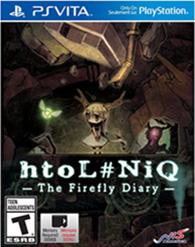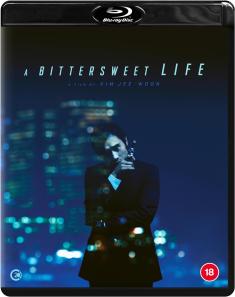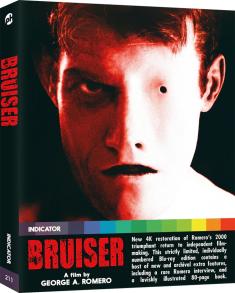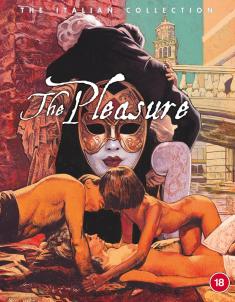htol#NiQ: The Firefly Diary
Overview -
Nippon Ichi America manages to consistently bring out a variety of niche games to an audience that is always yearning for more games that go beyond the scope of the standard AAA experience. NIS America's latest offering is the rather oddly named 'htoL#NiQ: The Firefly Diary', which is the company's attempt of capturing the 'indie' feel that smaller developers have been able to convey without the limitations brought on by the need to make profits. 'The Firefly Diary's' style and minimalist storytelling do nail that unique feel, but how does this Vita title stand as a game?
Video Review
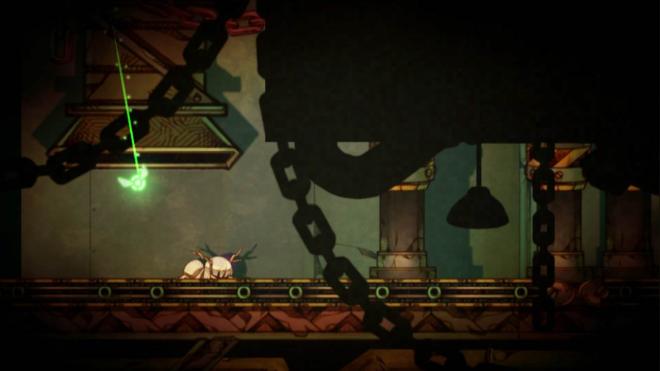
If nothing else, 'The Firefly Diary' is a wonderful game to look at. Mion is chibi-like in appearance, giving the protagonist a cutesy look in an otherwise bleak, washed out world. Additionally, the world itself, despite the lack of overall colorful, is quite stylized, lending quite a bit to the title's overall artistry.
Audio Review
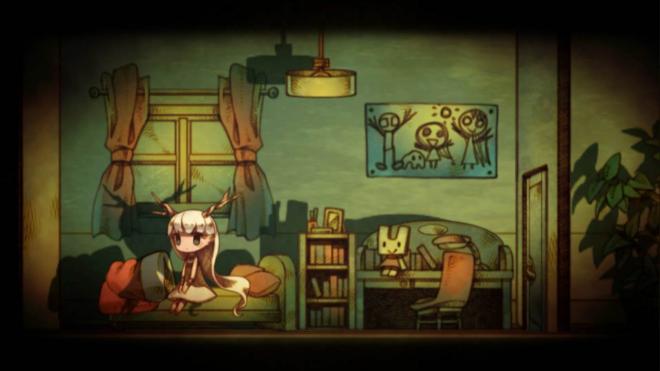
There isn't much in the way of audio in 'The Firefly Diary', but what is there isn't offensive. Sound effects are effective for the sounds they are trying to convey, and appropriate for their settings. There are dangerous sounding sparks of electricity within the factory, for a good example. As for music there is little or none to speak of; it's only the ambient sounds of the area around Mion, which more than anything raises the tension of the dangerous situations the player has to navigate her through.
Final Thoughts
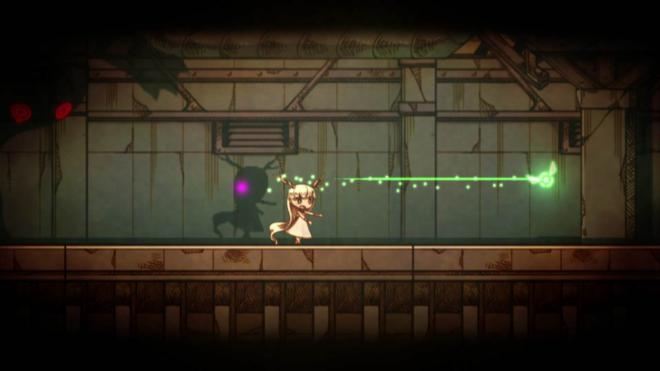
It's a shame that it is difficult to really play 'The Firefly Diary'. The game itself has an interesting premise, with a well executed art style that really makes the title stand out. However, with the controls being near impossible to deal with at worst and frustrating at best, it's very difficult to recommend this Vita title to anyone. What 'The Firefly Diary' pulls off is worth seeing briefly, but otherwise it's hard to recommend anyone but the most hardcore of NIS fans to spend money on it.
